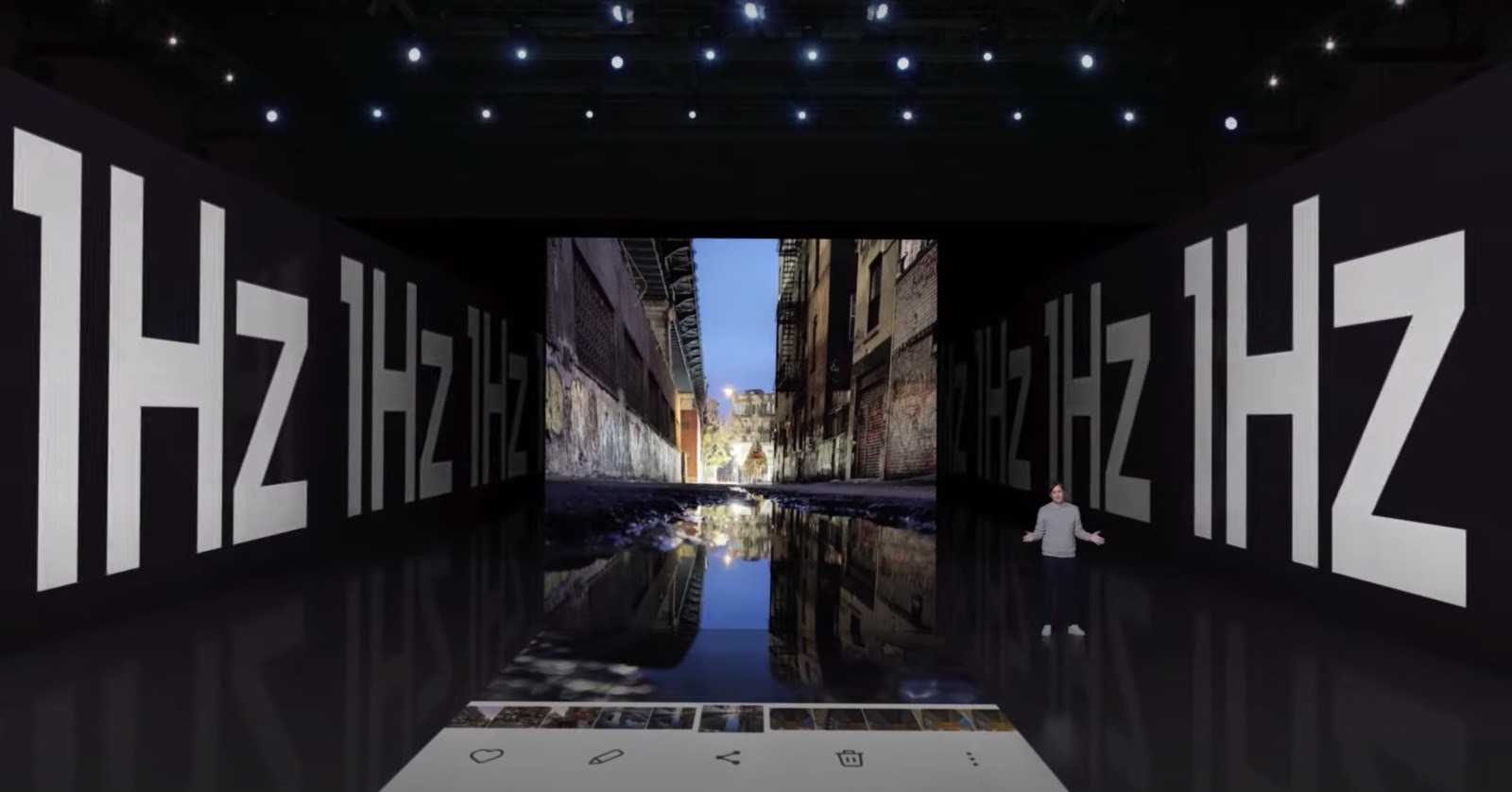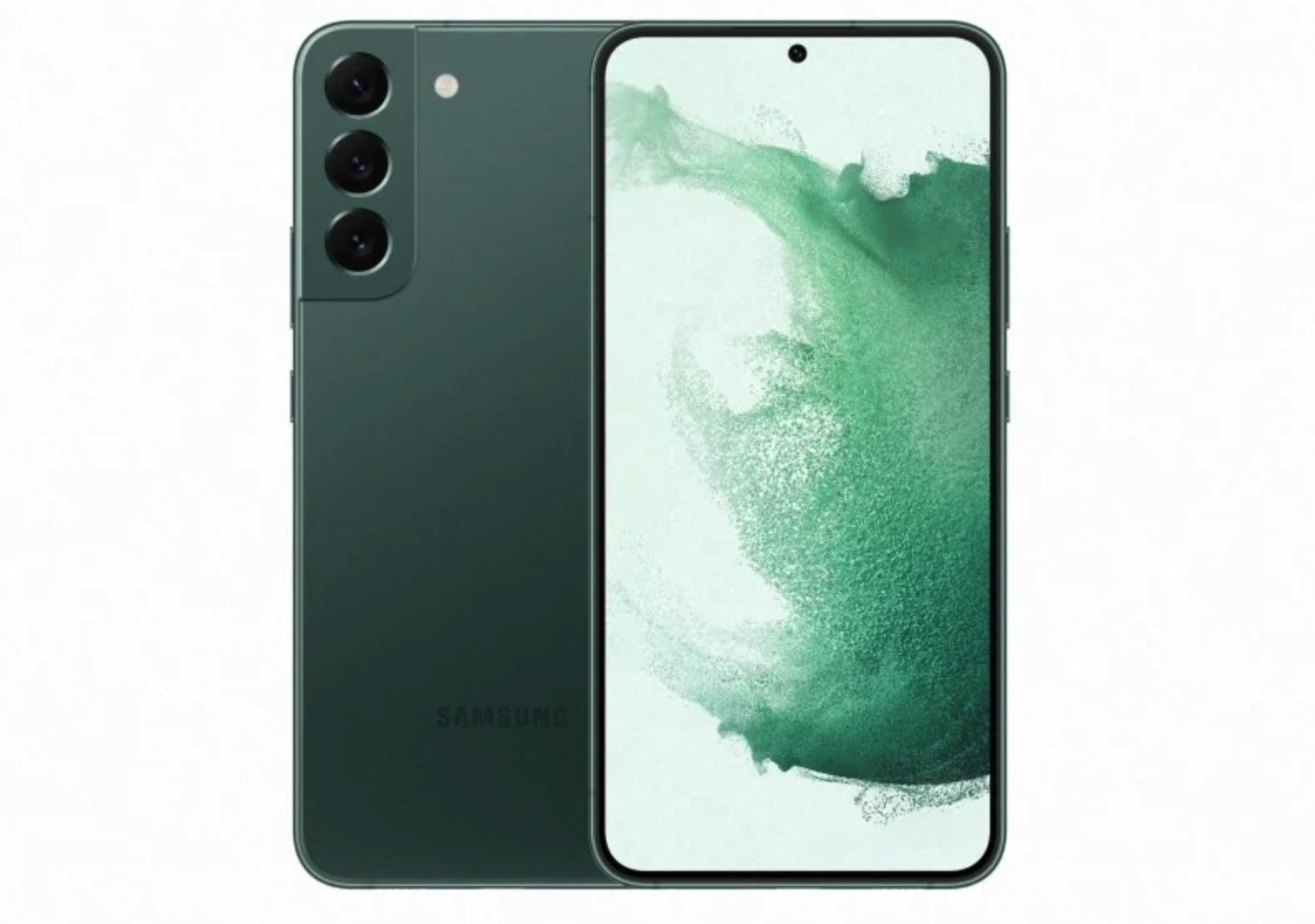Samsung quietly changed the Galaxy S22 and S22 Plus display specs in its press release and product pages after the Unpacked event a few days ago. People observed the refresh rate modification for the cheaper Galaxy S22 versions and quickly took to the web to point it out. The Galaxy S22 and S22 Plus do not support dynamic refresh rates of 10-120Hz as previously stated. Instead, the refresh rate can drop only to 48Hz, although it still goes up to 120Hz.
Samsung is finally out with an explanation, admitting that it practically lied with the initial Galaxy S22 display specs claims. But Samsung isn’t apologizing for the sleight of hand.
Why the Galaxy S22 display specs matter
The 120Hz displays are the norm in the current mobile landscape. Even the iPhone 13 Pro models support dynamic refresh rates between 10-120Hz. Therefore, any flagship’s display specs have to include support for 120Hz refresh rates.
Also important is battery life, as screens with high refresh rates are less efficient than those running at lower refresh rates. That’s why the dynamic 120Hz refresh rate is so important. The iPhone 13 Pro Max proves that point. The phone offers the best battery life you can expect from a flagship right now. It just crushed the Galaxy S22 Ultra, whose display specs list support for 1-120Hz refresh rates.
We’ll also remind you that Samsung introduced its 120Hz screens a few years ago. At the time, the screen technology did not support dynamic refresh rates, so you had to choose between 120Hz or 60Hz settings. That’s to say we’ve always expected the Galaxy S22 to support dynamic 120Hz refresh rates. After all, Samsung did the same thing with the Galaxy S21 series last year.
The Galaxy S21 and S21 Plus support 48-120Hz refresh rates, while the Galaxy S21 Ultra’s display supports 10-120Hz refresh rates.
Apple launched its iPhone 13 series some eight months later. The cheaper iPhone 13 mini and iPhone 13 come with regular 60Hz displays, in line with the regular iPhone display specs. It’s just the iPhone 13 Pro and iPhone 13 Pro Max that support 10-120Hz refresh rates.

Why did Samsung lie?
Samsung was under no pressure to improve the Galaxy S22 display specs this year. The cheaper Galaxy S22 and S22 Plus models can still support up to 120Hz refresh rates, which is better than the cheapest iPhone 13. As for the minimum refresh rate, no smartphone buyer will be looking for phones that can go down to 1Hz, 10Hz, or 48Hz.
What matters here is what the 120Hz display brings to the table. You get a smoother overall experience, especially when browsing and playing games. Dynamically reducing the refresh rate helps boost battery life, and it’s a feature end-users should never concern themselves with.
However, Samsung intentionally misrepresented the refresh rate capabilities of the smaller Galaxy S22 phones. According to the initial announcement, the Galaxy S22 and S22 Plus would support 10-120Hz refresh rates. That’s a notable display specs upgrade over last year’s model. One that would inevitably come up in hands-on previews, reviews, and comparisons with the iPhone 13.
Also, let’s not forget that the Galaxy S22 and S22 Plus feature smaller battery packs than their predecessors. At 3,700 mAh and 4,500 mAh, we’re looking at a loss of 300 mAh battery capacity compared to the S21 and S21 Plus, respectively.

Samsung’s statement
After people realized Samsung changed the refresh rates for the Galaxy S22 and S22 Plus, the Korean company issued a statement to explain the lie. Here’s a part of it, via Android Police:
The display refresh rate was originally listed between 10 and 120Hz (10 to 120 frames per second), and we later opted to update how we communicate this specification in order to be in line with the more widely-recognized industry standard. Consumers can be assured there has been no change of hardware specifications, and both devices support up to 120Hz for super smooth scrolling.
Samsung makes it sound as if it did nothing wrong. But no matter how you try to spin the Galaxy S22 display specs change, it’s still a lie. Samsung also said that its “proprietary technology” feeds data to the display at a lower rate. That’s where the 10Hz refresh rate came from. But the screens themselves still refresh at a minimum of 48Hz, no matter what proprietary technologies might do.
Again, nobody cares about minimum refresh rates when it comes to smartphone display specs. It’s about the principle of the matter at this point. Samsung misled Galaxy S22 buyers and then minimized the mistake.








